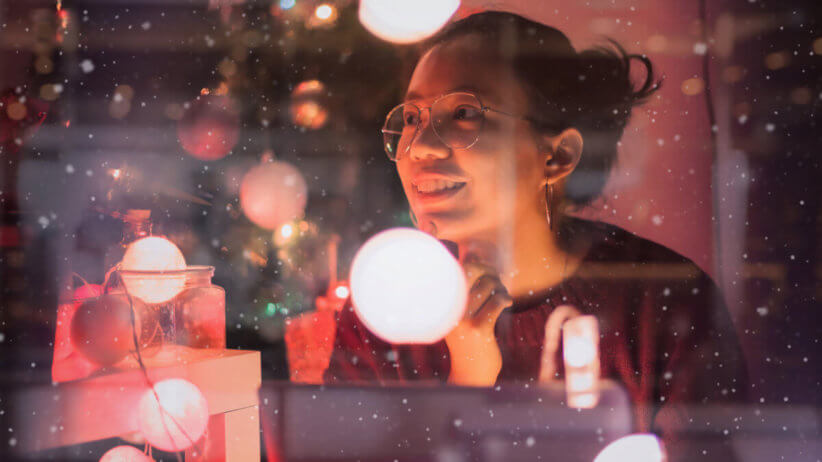When most people hear the word “dyslexia,” they immediately associate it with a reading problem. The disorder does cause problems with reading from left to right, reversing letters and words, spelling words, reading quickly, writing words, “sounding out” words in the head, pronouncing words when reading aloud, and reading comprehension, but the issue involves much more than reading.
The brains of people with dyslexia are wired differently. The Dyslexia Association explains that the two most important contributors to dyslexia are an underutilized left hemisphere, and an out-of-whack central bridge of tissue in the brain, called the corpus callosum. According to the National Institutes of Health, up to 15 percent of the U.S. population has significant difficulty learning to read.
“People with a learning difference like dyslexia may have trouble with reading, writing, spelling, math, and sometimes, music,” says the institute.
Three times as many boys as girls have dyslexia.
In preschool-aged children, symptoms include late talking, difficulty in learning nursery rhymes, and rhyming games. In school-aged children, a student may have difficulty following quick instructions, reading at age level, comprehending what is said to him, and problems remembering the sequence of things.
In teens, the symptoms may be the same as in younger children, and also include difficulty summarizing a story, learning a foreign language, memorizing, and understanding jokes and idioms.
Recently, The Child Mind Institute hosted the 13th annual Adam Katz Memorial Conversation and featured a candid conversation between award-winning comedian, actress, and host of “The View” Whoopi Goldberg and Child Mind Institute President Dr. Harold Koplewicz at the Kaye Playhouse at Hunter College. They shared an in-depth discussion about Goldberg’s struggles and victories surrounding living with dyslexia.
“What I remember about being a kid was that I felt pretty protected, I wasn’t afraid, and I had a mother who understood — after a while — that there was something different about the way I learned things,” she explained. “It takes people a little while to accept that something’s going on, and it’s not that you’re being lazy. It’s not that you’re not trying.”
Many people with dyslexia, like Goldberg, thrive as highly visual learners and creative thinkers who excel in the arts. She says she’s discovered along the way useful methods to overcome her dyslexia while learning scripts. Whenever she’s required to learn a new script, she enlists someone to read the lines out loud with her, so she can memorize them. Similarly, when she wrote her recent book, she dictated each word to an assistant and then afterward, had it read back to her for editing.
“The advantage of dyslexia is that my brain puts information in my head in a different way,” says Goldberg.
One website working to promote the positive aspects of the condition, Dyslexia The Gift, writes, “Our visual and holistic learning style means that we learn best through the creative process, with methods that focus on mastery of the meanings of words and symbols. The true gift of dyslexia is the gift of mastery.”
To learn more about dyslexia, visit:
• International Dyslexia Association, dyslexiaida.org
• The Dyslexia Foundation, dyslexiafoundation.org
• Everyone Reading, everyonereading.org
• National Center For Learning Disabilities, ncld.org
• Decoding Dyslexia – NY, decodingdyslexiany.org
Danielle Sullivan, a mom of three, has worked as a writer and editor in the parenting world for more than 10 years. Sullivan also writes about pets and parenting for Disney’s Babbl





















